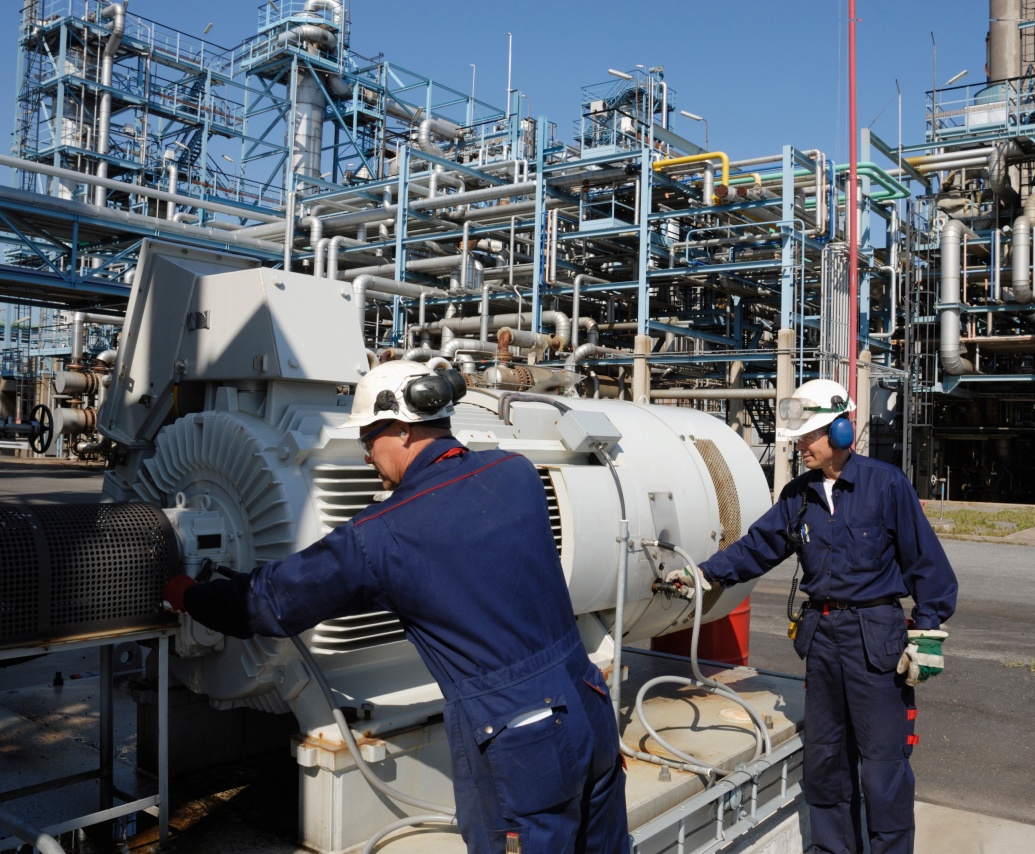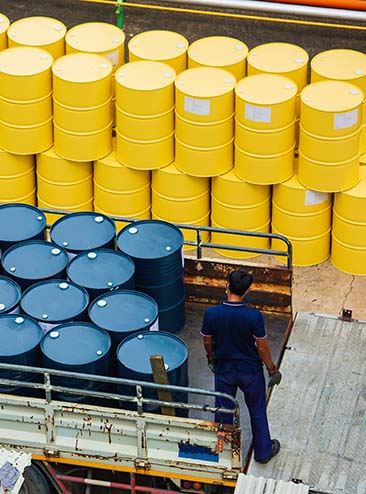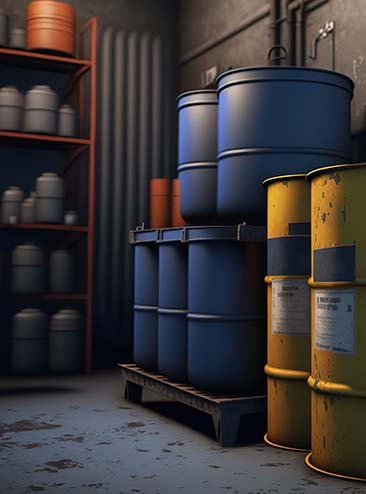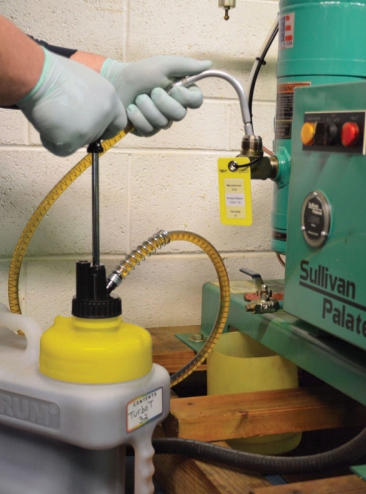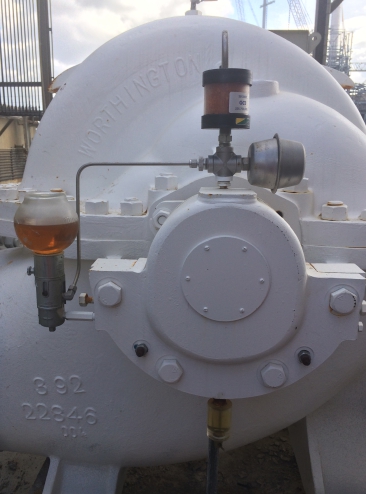Think about The Journey of the Lubricant® in your facility.
From arrival, to storage, to transfer, to application, and throughout its lifecycle, contamination threats and lubricant degradation are lurking at every stage.
Contaminants and other lubricant degraders can get into your lubricant at any point in its journey and quickly compromise your equipment. Costly and stressful equipment downtime may follow. That's why it pays to be vigilant against contamination and lubricant degradation.
By following The Journey of the Lubricant® from arrival through lifecycle, you can see how every step offers an opportunity to implement preferred practices that mitigate risks.
The Chain-of-Custody Process
Arrival
01
Including Trico’s oil analysis services at this stage is essential from a forensic standpoint and starts the chain-of-custody process. Without a reference sample, diagnosing problems later in The Journey of the Lubricant becomes more difficult because there will be more variables to eliminate. Oil analysis is only as good as the sample taken during this stage, so the use of proper oil sampling products is recommended.
Storage
02
Storage reference samples begin to identify how your practices are impacting your lubricant condition. This includes environmental ingression, cross-contamination of drum pumps, and improperly sealed or left open bungs that introduce water and particulate contamination into the lubricant. At this stage an array of products are available to maintain oil condition while storing the lubricants.
Transfer
03
Transfer reference samples provide the best baseline for equipment test results. Any changes from storage to transfer is affected mostly be personnel interactions. This includes cross-contaminated lubricant, and improperly sealed or open transfer containers. These factors can introduce contaminants and can cause the onset of chemical reactions compromising, the condition of the lubricant. At this stage of the journey it is important to focus on products that eliminate cross-contamination, maintain lubricant cleanliness, and prevent misapplication.
Application
04
Improper equipment configuration can allow contaminants into your system or cause the production of wear particles from inadequate lubrication. Oil Analysis offers the earliest warnings about things that could go wrong and spot signs of wear. Products that prevent oil starvation, mitigate and reduce contaminants, and provide easy accessibility for maintenance should be the focus at this stage.
Lifecycle
05
The most effective lubrication programs incorporate on-going oil analysis and data trending for continuous improvements and monitoring of lubricant and equipment condition. It is important to have products and services that focus on maintaining accurate records, provide regular testing of lubricant and equipment condition, and monitor changes over time that need to be addressed.
